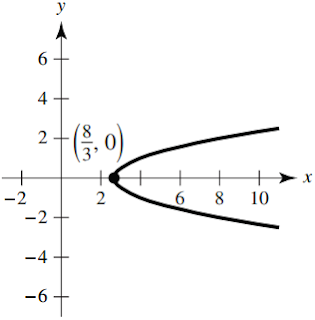Carbon is the most remarkable of all elements. Its unique atomic structure enables it to link atoms together in long chains or rings in countless ways - so many that there is a whole field of chemistry, called "organic" chemistry, devoted to studying compounds of carbon. Every living organism, from lichens to people, is made from carbon compounds. Many carbon compounds are made with hydrogen only, but there are millions of them. These "hydrocarbons" include all the world's fossil fuels - coal, oil gasoline, gas - fuels formed from the carbon of dead vegetation around 300 million years ago. Other carbon chemicals, such as alcohols and sugars, include oxygen. The largest and most complicated carbon molecules of all are "polymers," from which plastics and many other man-made materials are made.
Making Plastic Experiment
Most plastics are man-made from oil and natural gas. But you can make your own very simple plastic from casein, the curds in mild, and set it in a mold to make your own plastic ornament.
Things you will need:
Muslin, Jars, Milk, Vinegar, Spoon, Saucepan, Rubberband, and Heater.
1. Warm 10 FL oz (0.3 liters) of milk in a pan, but do not boil. Add a tablespoon of vinegar and stir in.
2. A white, rubbery material, the casein, forms in the milk. Strain it off through muslin held over a container.
3. Squeeze the milk through the muslin until you have recovered all of the solid rubbery casein.
4. Push the casein into a suitable mold, such as a cookies cutter, or shape it by hand. Then leave it to set.
Over a few days, the casein will gradually dry out and harden as the protein molecules bond tightly together. You can speed the process by leaving it on a warm radiator. If you wish to make a brooch, push a safety pin into the back while it is still soft. Once it has set paint it in your own design.
























 .
.






































































































